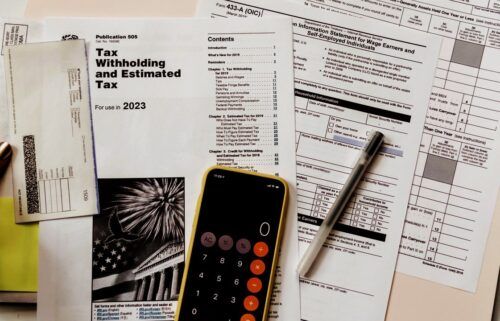Mortgage relief during COVID-19: Here’s what you need to know
(BPT) - In these unprecedented times, when many families are facing physical, emotional and financial hardships, a common question is, “How do I keep up with my mortgage when I’m not working?”
A home is a family’s most important asset. But now it’s more than that: It’s where they are hunkering down and staying safe. That’s why there is a plan for customers to delay monthly payments if they need help.
There are a lot of mortgage terms and provisions on TV and in newspapers related to the impact of COVID-19, and in some cases, there is conflicting information. Here are some common questions and answers from Mark O'Donovan, CEO, Chase Home Lending, to help guide you.
What’s payment assistance or forbearance?
That means you won’t be expected to make a payment for a period of time. For example, you can start with three months and you won't be charged a late fee, once you tell us you need help and sign up. We'll contact you during the three-month period to make sure you’re doing OK, and we won’t report the missed payments that come due during the forbearance period to the credit agencies. Before the period ends, we’ll be in touch to discuss when you expect you’ll be able to start paying again and how to handle the missed payments. If you can’t make up the missed payments at the point that you resume making your regular payments, we can likely defer them to the end of the mortgage term.
How do I raise my hand?
At Chase, you can request help without waiting to speak to an agent. Simply start here: www.chase.com/mortgageassistance. You’ll be able to log into your account, fill out a short form and enroll in the payment assistance program. You’ll avoid waiting on hold — a process that is lengthier right now given the thousands of customers calling with questions. We will email or send you a letter to confirm that you’re in the program. Don’t worry if you don’t get it immediately. It may take a few days, but the payment delays start right away.
Can I just stop paying without telling the bank?
That’s not a good idea. By signing up, you’ll get full access to all the program benefits — including delayed payments, no late fees and no negative reporting to the credit bureaus for payments due during the forbearance period.
What if I can still pay?
Then you should. Keep making your mortgage payments on time if you can. And know that the program is for customers who are suffering financial hardship resulting from COVID-19, so help is still available if your circumstances change as a result of COVID-19. There are also programs to help customers who suffer financial hardships for other reasons, including natural disasters.
What happens after the payment assistance period ends?
The national payment assistance program was created to provide immediate help to customers navigating this very uncertain time. If you’re still not able to afford your mortgage at the end of the initial three months, you can request delaying payments for additional months at the end of the forbearance period. Many customers who can resume making their full payment after the assistance period can defer missed payments to the end of the mortgage. We’ll check in with you near the end of the assistance period to help you understand your options.
While there is so much uncertainty right now, we want to be here for you to help. Stay safe and healthy.
Courtesy BrandPoint



